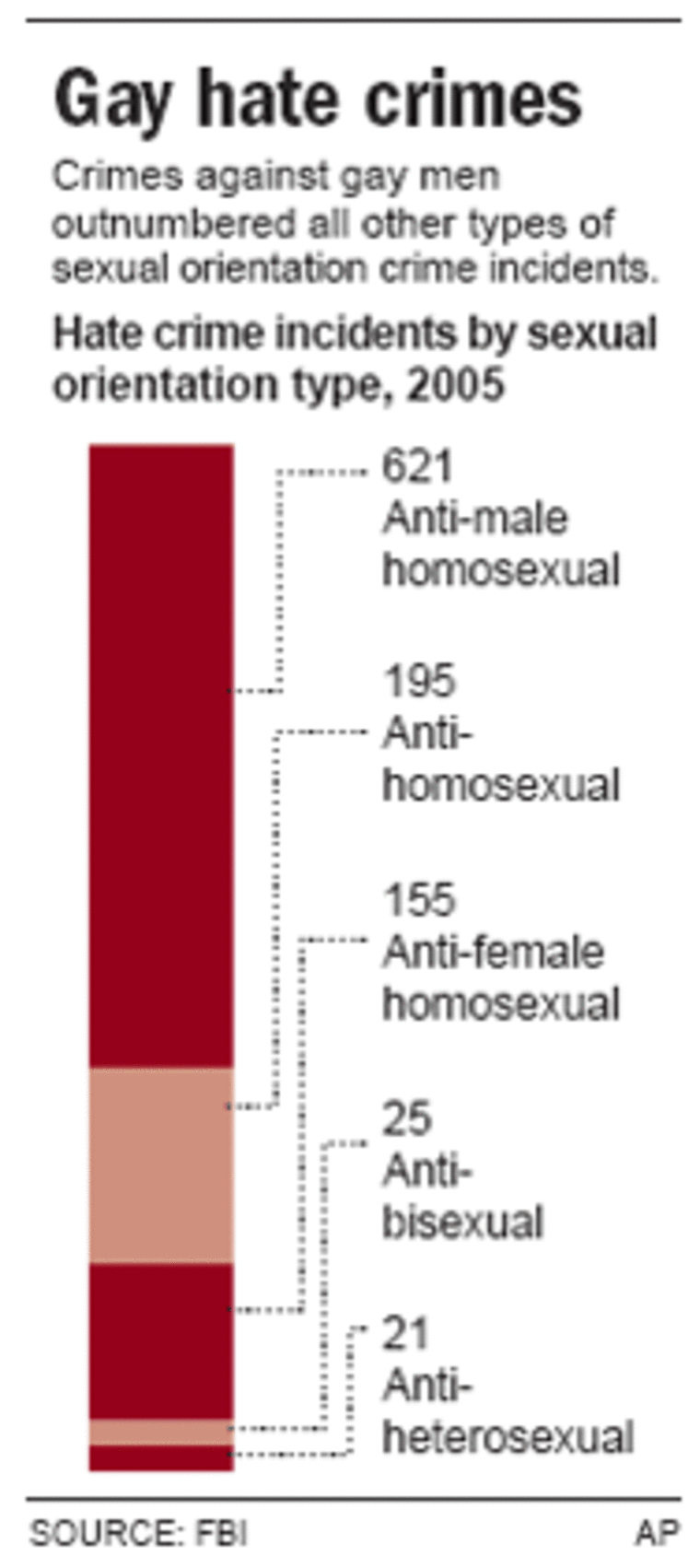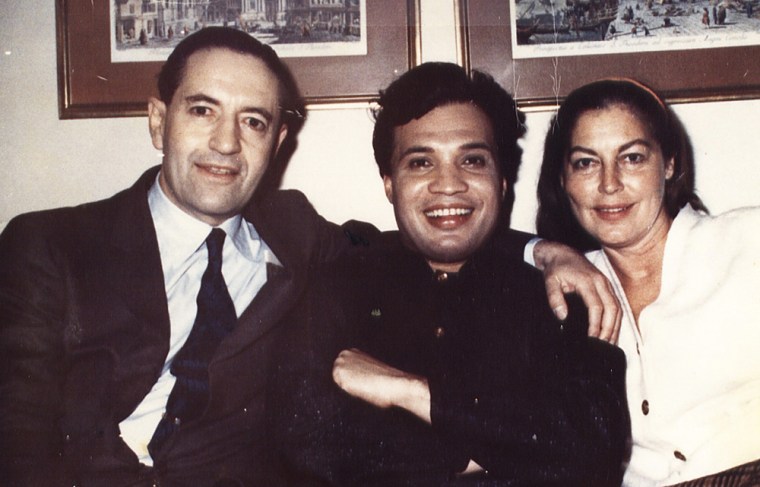Andrew Anthos had many passions in life, including old movies, legendary Hollywood screen sirens and a 20-year campaign to illuminate the state Capitol dome in red, white and blue one night a year. While he never hid that he was gay, he was no gay rights activist.
But after dying of injuries suffered last month in what witnesses portrayed as a gay-bashing, the 72-year-old Anthos has become a powerful symbol in a campaign to amend federal and state hate-crime laws to protect gays.
“The whole point is making sure that people have equal rights in the legal system, people aren’t picked on or threatened just because they look or act differently,” said state Sen. Hansen Clarke, who plans to introduce legislation to amend Michigan’s Ethnic Intimidation Act.
According to police and family members, the Detroit man was riding a city bus home from the library on Feb. 13, singing along quietly to Spanish music on his headphones. A young man asked him if he was gay and called him a “faggot.” Anthos ignored him.
The man followed Anthos off the bus, confronting him again. Anthos told the man he was gay as he helped a wheelchair-bound friend who was stuck in a snowbank, witnesses said. The man struck Anthos in the back of the head with a pipe, stood over him as he lay on the ground and ran off after Anthos’ friend yelled for him to stop.
Anthos fell into a coma on Feb. 21 and died two days later.
'Strictly a hate crime'
Police have no suspect but released a composite sketch of the attacker. The department is investigating whether it was a hate crime.
“He wasn’t robbed. Nothing was touched,” said Anthos’ cousin Athena Fedenis. “It was strictly a hate crime.”
Fedenis, 45, said Anthos told her what happened from the hospital and she took notes because she “wasn’t going to let this get thrown underneath the rug and let it be forgotten about.”
Anthos touched the lives of many people. He struck up an improbable friendship with Ava Gardner in the late 1960s after going to a New York hotel where he learned she was staying, his cousin says. His campaign to light the state Capitol dome in honor of police officers, veterans and others put him in contact with countless lawmakers, reporters and others in Lansing.

Fedenis said Anthos asked her before he died to promise that she would work to realize his goal of lighting the Capitol dome. She established a nonprofit foundation called Andrew’s Light to take contributions. Money that doesn’t go to the effort will be donated to the Triangle Foundation, a gay rights advocacy group.
The federal and state legislative efforts have been around for at least a decade and picked up some support after the fatal beating of gay Wyoming college student Matthew Shepard in 1998. Now, advocates hope, Anthos’ death adds some urgency.
Rep. John Conyers, D-Mich., introduced legislation in the House this week, and Sen. Carl Levin, D-Mich., cited Anthos on the Senate floor earlier this month when he said he would soon help reintroduce a bill that would expand the definition of hate crimes to include gays and allow the federal government to help local law enforcement investigate hate crimes.
Anthos went from job to job when he was younger but apparently was not working at the time of his death. He was on state disability; Fedenis said he was diagnosed as mentally ill in the 1950s.
A drifter
He often traveled, scrubbing the stars on the Hollywood Walk of Fame and laying flowers at Marilyn Monroe’s crypt. When he met Gardner, he gave the actress pictures he had collected from magazines and later was invited to her home, his family says. She later wrote a letter supporting his dome-lighting crusade.
Julie Cook, who befriended Anthos in the late 1980s and remained close to him, said he put up with apathy and outright hostility in his dome campaign.
“He would stand on corners and people would throw things at him,” Cook said. “It didn’t matter. He would research the busiest corner to stand on where he could be seen the most.”
While Anthos aggressively sought support for the idea, he wanted to be in the background, not in the limelight, Fedenis said.
“He wanted all the attention to be strictly on the dome for the veterans, the doctors, the police officers, the firefighters, the less fortunate,” she said.
